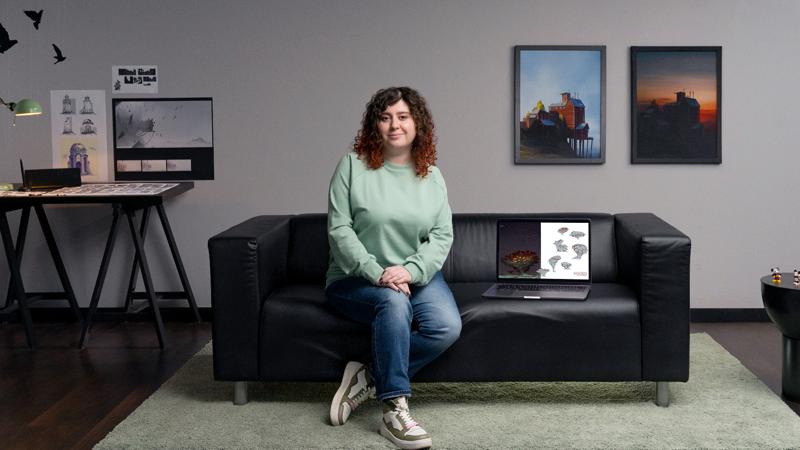Course overview
- Provider
- Domestika
- Course type
- Paid course
- Level
- Intermediate
- Deadline
- Flexible
- Duration
- 4 hours
- Lessons
- 25 lessons
- Certificate
- Available on completion
- Course author
- Federico Piccirillo
-
Designing in 3D means taking advantage of the depth in digital space to create believable compositions that simultaneously stretch the limits of reality. It allows you to unleash your imagination and bring otherwise impossible ideas to life in just a few clicks. For Federico Piccirillo, 3D motion designer who has worked with clients like Nike, Nissan, Apple, OPPO, and more, this is the beauty of working in more than two dimensions: nothing is off limits.
In this course, he teaches you the 3D animation and modeling techniques he's learned throughout his career, as well as some tricks he's picked up along the way. Learn how to model a sculpture out of colorful, geometric shapes and animate it using Cinema 4D. By the end, you'll know how to create an animated GIF from start to finish, transforming a simple idea into a final render to share on social media.
Description
Get to know your teacher Federico Piccirillo as he talks through his artistic career and the experiences that led him to become a 3D motion designer. See the wide variety of references that inspire his work, from advertising, art, and museums to animated feature films.
Next, look at the tools Federico uses to animate in Cinema 4D and discover how to combine several techniques and improve your workflow. Learn how to create a Soft Body simulation as well as build a versatile and realistic lighting set-up.
Now it's time to work on your final project. Federico teaches you how to model your sculpture before putting it in motion. Draw a sketch, put together a storyboard, and choose the colors and materials for your objects.
Once you've shaped your model, move on to animating it across multiple shots. Learn how to use Adobe Premiere to edit your sequence and integrate seamless transitions.
Polish secondary animations, double check lighting and materials, and create a high-quality render of your work. Then import your project into After Effects for the post-production phase. Do some final retouching and color correction on your render before exporting it to share on social media.
Similar courses

-
Flexible deadline
-
5 hours
-
19 lessonsCertificate

-
Flexible deadline
-
2 hours
-
15 lessonsCertificate

-
Flexible deadline
-
5 hours
-
25 lessonsCertificate

